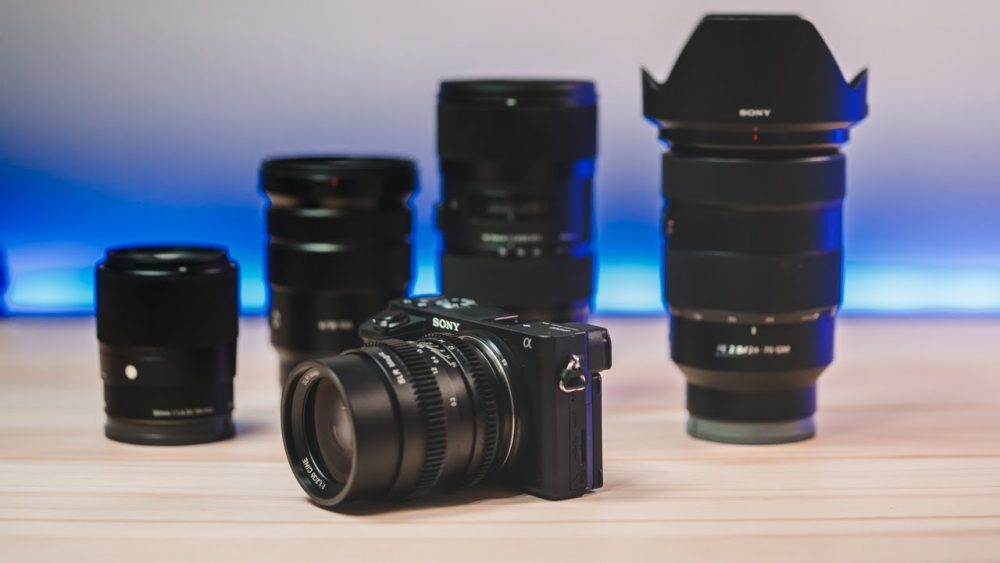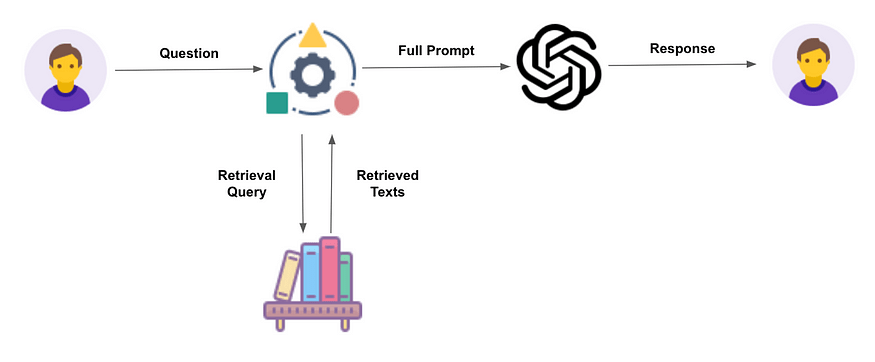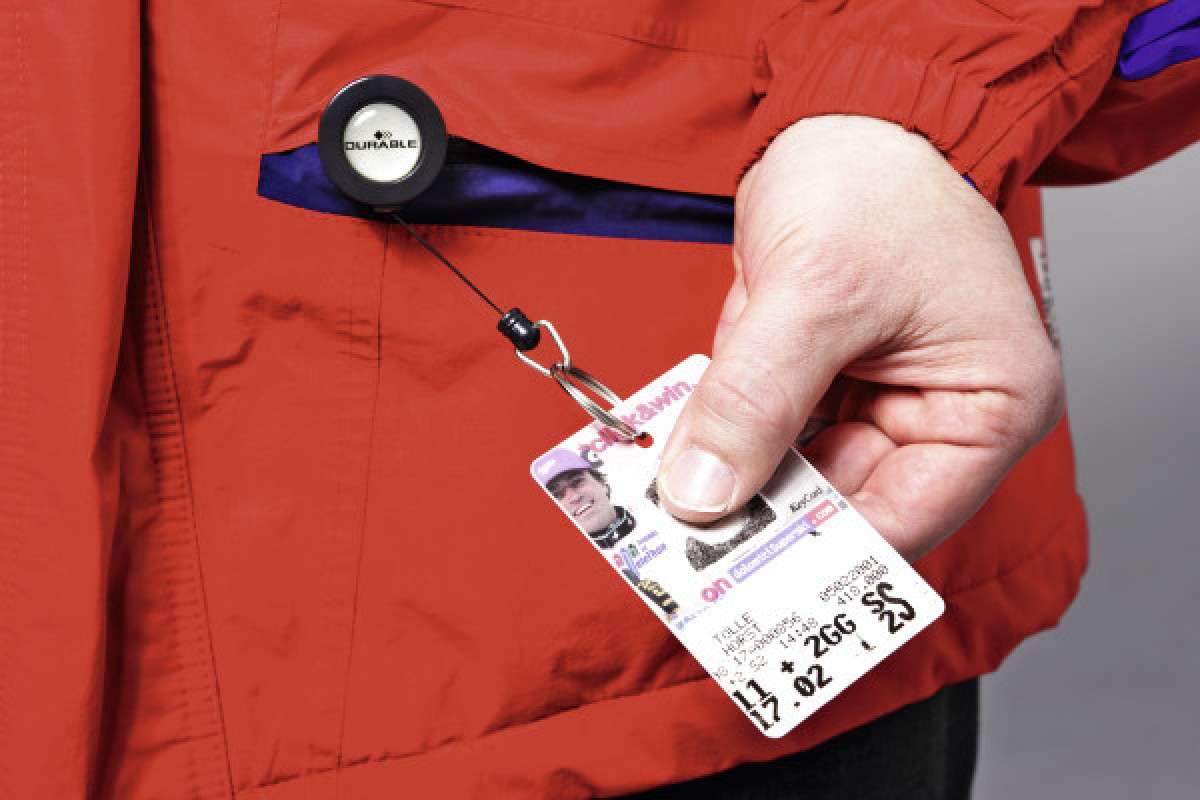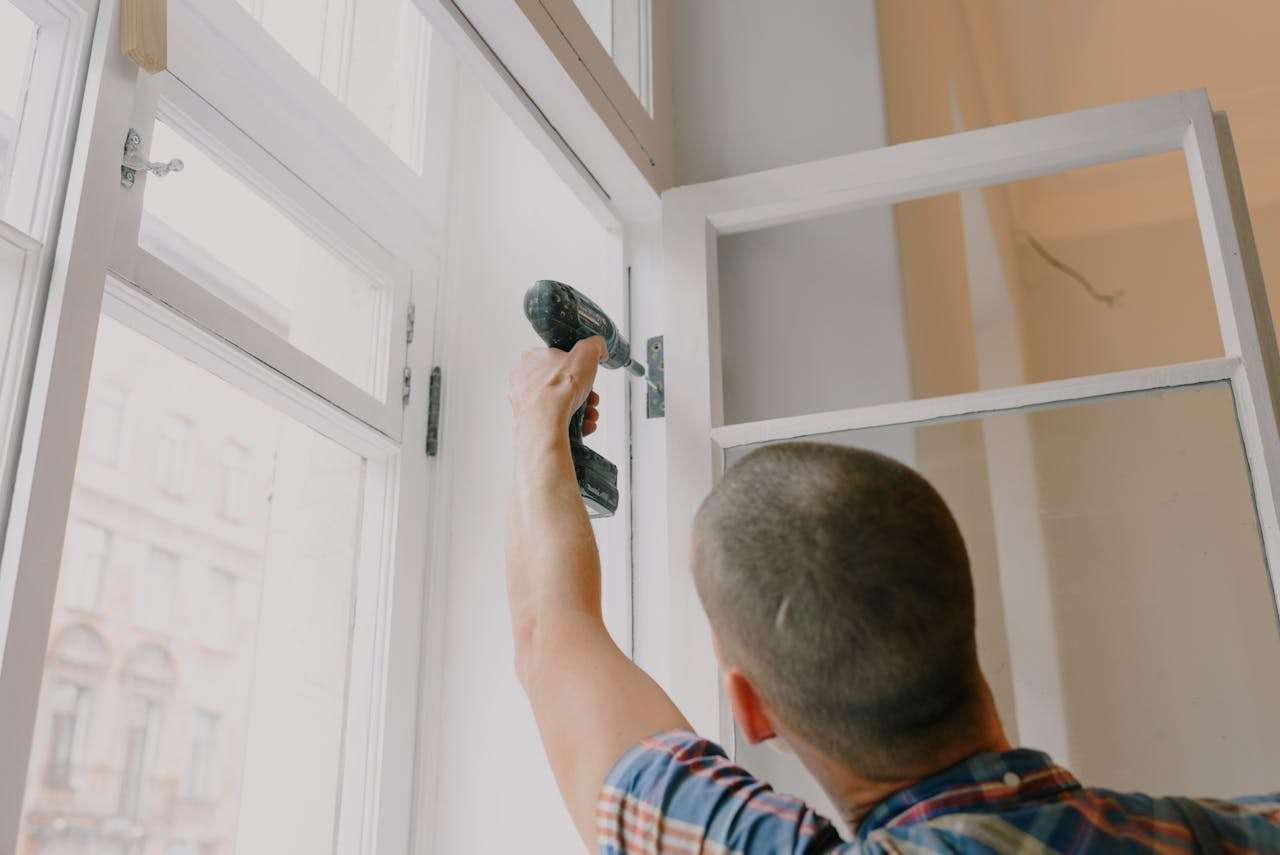Sony’s most recent mirrorless cameras are known for their reduced size and great picture quality. Many are offered with pack focal points like the 16-50mm, which is a fine choice for beginning. Nonetheless, the E-mount focal points underneath offer predominant optical execution and produce better pictures and recordings, regardless of whether you’re a novice picture taker or prepared veteran. Remember that Sony E-mount focal points have a yield factor of 1.5x, and you’ll frequently observe us list the 35mm identical for reference. For more foundation data, see our Sony E-Mount focal point examination table and purchasing guidance underneath the picks.
Yield Factor (1.5x) and Focal Length Equivalent
Best lens for a6500 cameras have a 1.5x yield factor, implying that a 50mm focal point will carry on like a 75mm focal point would on a 35mm camera. The history behind yield factor is long, however what you cannot deny is that focal point central lengths are portrayed utilizing 35mm film as the reference point. Since the picture sensors on Sony APS-C mirrorless cameras are 1.5 occasions littler than a 35mm camera, you increase the recorded central length of the focal point by 1.5 to decide it?s comparable.
On the off chance that you are an accomplished picture taker or have utilized a full-outline camera previously, crop factor can be extremely useful in picking focal points. For instance, the Sony 10-18mm f/4 wide-edge focal point is comparable to 15-27mm, which really is substantially more valuable than the recorded range (10-18mm would be ultra-wide on a 35mm camera). In light of the significance of central length equal in picking focal points, we’ve given it both in the item specs and our focal point examination table.
1. Sony 35mm f/1.8 OSS
Each and every individual who shoots representations needs a quality 50mm focal point, and the Sony 35mm f/1.8 is only that (or near it with a 52.5mm proportional). This prime focal point is sharp, performs well in low light, and has OSS picture adjustment. Furthermore, its sub-6-ounce weight makes it probably the lightest choice on the rundown. Truly, you can go less expensive with the Sigma 30mm f/1.4 underneath, yet we value the quicker self-adjust, lower weight, and littler size of the Sony, which is the reason we have it positioned here.
What are the drawbacks of the Sony 35mm f/1.8? The most striking is cost: at around $425, it’s nicely costly for a prime focal point of the APS-C assortment (as we referenced above, you can go less expensive with outsider alternatives from brands like Sigma). Second, the long range focal points beneath are more flexible, in spite of the fact that you do forfeit sharpness and low-light execution. Last, in the event that you truly need the best in picture quality at this central length, the Zeiss Tout 32mm f/1.8 is difficult to beat, yet that accompanies a major bounce in cost to over $700.
2. Sony 18-105mm f/4 G OSS
There are various reasonable travel zooms for Sony APS-C mirrorless cameras, yet we think the 18-105mm f/4 offers the best blend of cost and execution. For around $600, this focal point is sharp, concentrates sensibly well, and has a similar f/4 greatest opening and OSS picture adjustment as the pricier 16-70mm f/4 underneath. We likewise like the extra reach at 158mm versus 105mm, despite the fact that you do forfeit a helpful 3mm at the wide end.
One significant inadequacy of the Sony 18-105mm f/4 G is weight: 15.1 ounces makes it probably the heaviest model on the rundown behind just the 18-200mm and 16-55mm. It additionally can battle with edge sharpness over certain gaps, despite the fact that that is genuinely typical for a focal point of this sort. Regarding different choices in this class, we additionally like the Sony 16-70mm f/4, which is pricier yet adds Zeiss glass to the blend. What’s more, the Sony 18-135mm has more reach and is lighter, but with sub-par low-light execution at the fax end.?
3. Sony 10-18mm f/4 OSS
For scene picture takers searching for the flexibility of a wide-point zoom, the Sony 10-18mm f/4 is the main choice. This focal point is sharp, has insignificant contortion, concentrates rapidly, and gauges a sensible 8 ounces?that is impressively lighter than equivalent wide-edge alternatives for computerized SLRs. Pair this focal point with a camera like the a6600, and you have one heckuva set-up for outside photography.
For what reason isn’t the Sony 10-18mm f/4 positioned higher? We don’t adore the greatest gap of f/4 for a top notch focal point, yet it has OSS picture adjustment to help in low light. Also, it is somewhat expensive at around $800, albeit wide-edge zooms are a costly bundle all in all, so this isn’t strange. In case you’re keen on going with a prime focal point, the Zeiss Tout 12mm f/2.8 underneath has a quicker greatest gap however is heavier and more costly than the Sony. Furthermore, around the spending end of the range, the Sigma 16mm f/1.4 is super quick and an incredible incentive at under $400, yet additionally substantial and not also assembled.










